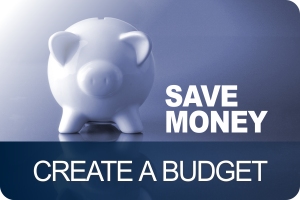Don’t Omit the Chief Ingredient When Developing Your Recipe for Financial Success
The most overlooked aspect of a person’s financial situation is their actual monthly budget. A budget is easy to create and stick to, so long as you devise a budget based on priority. The essentials are tracking your income, your expenses and your investments.
If you have no investments but want to start investing, you need a budget to determine how much you can safely afford to invest each month. The portion of your monthly income that you invest should be a reasonable amount that you can safely part with each month. Your expenses like mortgage or rent, credit cards, loans, utilities, and so on are obviously a priority and should be calculated first.
Ensure you set aside money towards a rainy day or emergency fund, separate from the money you wish to invest in a savings plan such as an RRSP. Emergency money is there for just that; emergencies. These can include: car breakdown, unexpected dental work, urgent home repairs, etc. Differentiate these priority expenses from non-essential lures, such as Saturday sales, electronics or car upgrades, or a new seasonal wardrobe.
If you find yourself short at the end of each month (meaning you don’t have enough income to pay all your debts, or to put something into the emergency fund and an investment), then the next step you likely need to take is to review all your spending habits and see where you can make cuts. This process will help you realize where your spending pattern needs some alteration.

